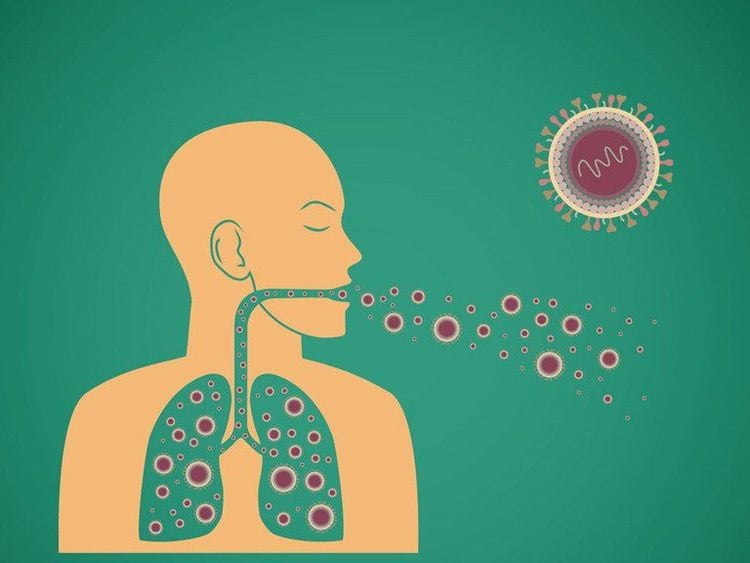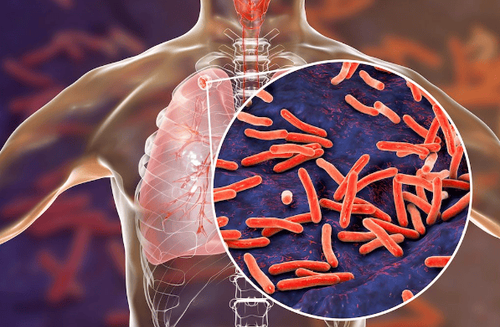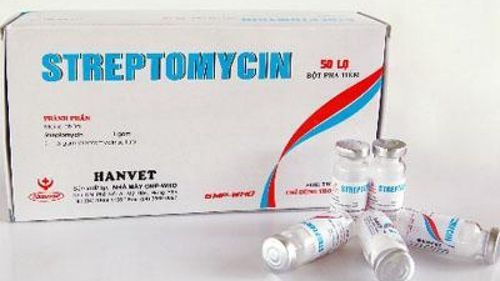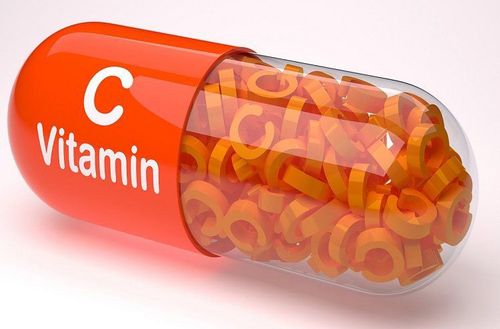This is an automatically translated article.
Our country is one of the countries with a high rate of multidrug-resistant tuberculosis in the world, multi-drug resistance makes TB treatment even more difficult, increasing the mortality rate from TB, Not only that, multidrug-resistant tuberculosis bacteria can also spread to people around if not detected and controlled early.
1. What is multidrug-resistant TB?
Multidrug-resistant TB is a condition in which the TB bacteria are not killed by most anti-tuberculosis drugs, including drugs that are highly effective against TB bacteria such as isoniazid and rifampicin.
Normally, when you have dangerous tuberculosis, you need a combination of many antibiotics and the minimum treatment time is 6 months, but when you have multidrug-resistant TB, it is even more dangerous, increasing the rate of infection. mortality, difficulty in treatment, multidrug-resistant TB drugs have more side effects, time and cost of treatment greatly increase.
In Vietnam, according to statistics, is one of the countries with the highest rate of multidrug-resistant TB in the world and more than half of people with multidrug-resistant TB lead to death.
Causes of multidrug-resistant TB:
Due to the long duration of TB treatment, the addition of unwanted effects caused by anti-TB drugs makes patients not patient enough to use a full course of treatment. treatment for at least 6 months, leading to voluntary discontinuation of drug use, creating an opportunity for TB bacteria to break out and become resistant to the drug. Many patients, after using it for a while, feel their symptoms are relieved quickly, thinking that they have recovered, so they stop taking the drug on their own. But actually TB bacteria have the ability to survive for a long time. It may be because the patient cannot afford to pay, the means of transportation is not convenient without regular visits to the doctor, monitoring the progress of the disease, side effects of the drug, etc., so the drug resistance can not be detected early. It is easy for patients to quit smoking if not closely monitored. Another possible cause is the doctor's incorrect prescription of TB drugs. Manifestations of multidrug-resistant TB:
Symptoms of TB such as cough, sputum production, fever, fatigue... do not decrease with use. use anti-tuberculosis drugs. It is possible that the symptoms subsided, but after a while they reappeared, more severe than before. Normally, after 2-3 months of treatment, TB bacteria will be negative in the sputum, but if the TB test is still positive after 2-3 months of treatment, it is likely that you have drug-resistant TB.
2. Is multidrug-resistant tuberculosis curable?
Although MDR-TB is a very serious problem with a high mortality rate, it is fortunate that there is now a drug to treat MDR-TB that offers hope to many patients. .
For the treatment of patients with multidrug-resistant tuberculosis who need to be used according to the World Health Organization's standard regimen, patients in the early stages of potentially infectious treatment must be isolated and controlled for In addition, it is very important to control to ensure that the patient does not have any other infections.
However, there are some limitations in treatment such as new drugs, so access to drugs is limited, not all hospitals have enough treatment drugs, treatment costs are much higher than normal TB, many side effects that seriously affect health. In addition, the duration of treatment for MDR-TB is also longer and the success rate is lower than that of conventional TB. Because treatment is difficult, patients need to adhere to treatment under the guidance of medical staff, with the support of family and community.

Bệnh lao đa kháng thuốc có những nguy hiểm nhất định nhưng có thể điều trị được
3. How to limit MDR-TB?
Tuberculosis has a high survival rate, so treatment for TB often takes a long time. Therefore, patients should not arbitrarily stop taking the drug even when the symptoms are clearly reduced, if the side effects of the drug cause much discomfort, they should not stop taking the drug on their own, but should contact the treating doctor for advice. If the treatment is not effective, it is necessary to re-examine the day to detect multidrug-resistant tuberculosis early, to avoid being a source of infection for relatives and the community. Avoid contact with people who already have MDR-TB. People who come into contact with someone with MDR-TB should be tested for infection. Periodic check-ups as prescribed by the doctor. Multidrug-resistant tuberculosis is a threat to the community with a high risk of death. Preventive measures should be taken to minimize the incidence of MDR-TB. In addition, patients need to be detected early and managed to prevent the spread of drug-resistant tuberculosis.
If you have unusual symptoms, you should be examined and consulted with a specialist.
Please dial HOTLINE for more information or register for an appointment HERE. Download MyVinmec app to make appointments faster and to manage your bookings easily.
References: Wpro.who.int
MORE:
Is drug-resistant TB curable? When does drug-resistant TB occur and is it dangerous? How do I know if I have tuberculosis?













